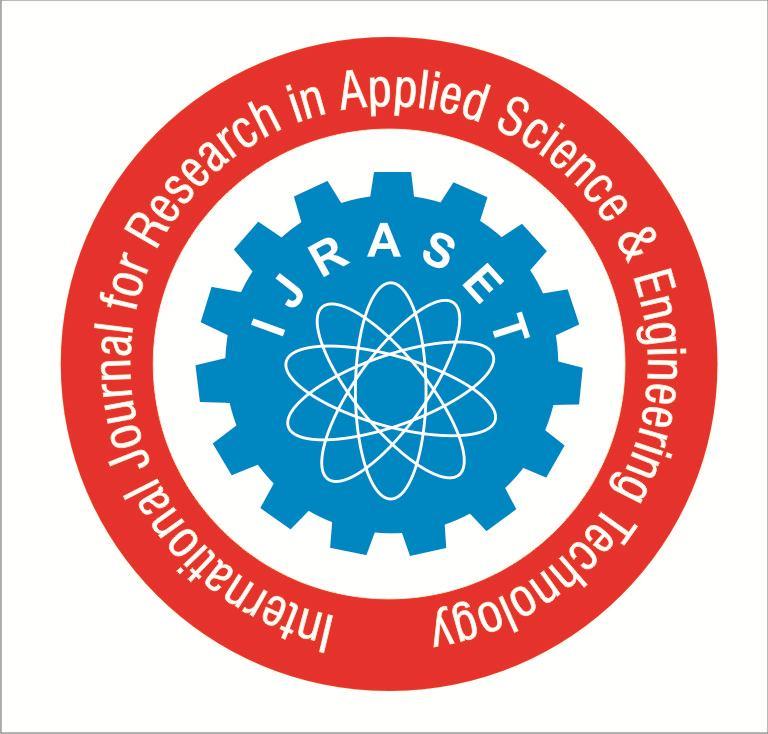
1 minute read
International Journal for Research in Applied Science & Engineering Technology (IJRASET)
ISSN: 2321-9653; IC Value: 45.98; SJ Impact Factor: 7.538
Volume 11 Issue III Mar 2023- Available at www.ijraset.com
Advertisement
E. Pattern 5
Equation (1) is written as
Using (17) and (18) in (16) and applying the method
III. CONCLUSION
we have given numerous non-zero unique integral solutions patterns. To conclude, one can look for further options for solutions and their respective attributes among the various choices.
For the ternion quadratic equation
References
[1] Carmichael R.D., “The Theory of Numbers and Diophantine Analysis”, Dover Publications, New York, 1959
[2] Dickson L.E., “History of the theory of numbers”, Chelsia Publishing Co., Vol II, New York, 1952
[3] Telang S. G., “Number Theory”, Tata Mc Graw-Hill Publishing Company, New Delhi 1996
[4] Mordell L.J., “Diophantine Equations”, Academic Press, London 1969
[5] Janaki G, Gowri Shankari A, “Properties of the Ternary Cubic Equation
Engineering Technology, Vol 10, Issue VIII,Pg.No: 231-234, August 2022
[6] Janaki G, Saranya C, “Observations on Ternary Quadratic Diophantine Equation
Research and science, Engineering and Technology, Volume 5, Issue
[7] Devibala. S, Gopalan M.A, “On the ternary quadratic Diophantine equation
Applied Science
Emerging Technologies in Engineering Research, 4(9), 2016, 6-7.
[8] Gopalan M.A, Vidhyalakshmi. S and Aarthy Thangam. S, “On the ternary quadratic equation


